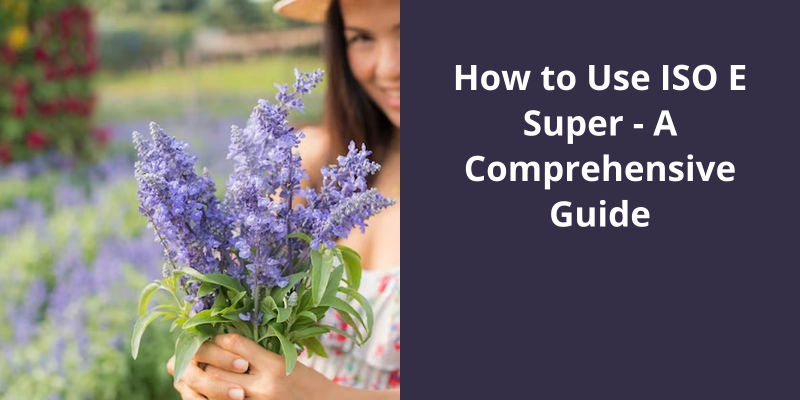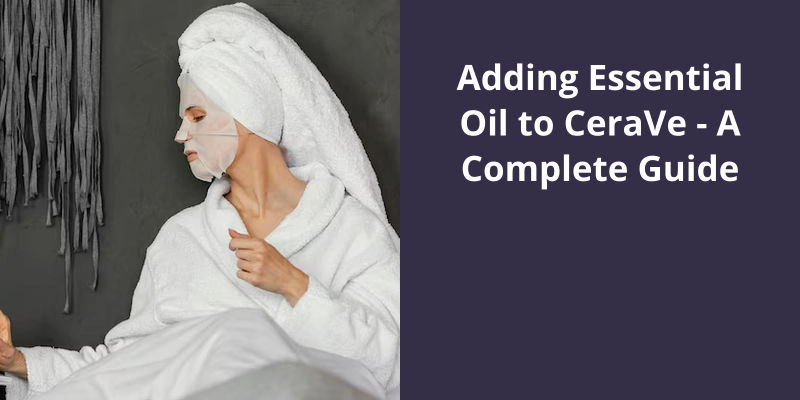ISO E Super is used primarily as a fragrance enhancer due to its unique ability to add depth and warmth to various scents. To use it, start by deciding the scent you’d like to enhance as ISO E Super pairs well with many perfumes. Then, add a few drops of ISO E Super into the perfume bottle. Mix it well by gently shaking the bottle. It’s advisable to start with a small amount then gradually increase until you reach your desired scent strength. Lastly, apply it to pulse points on your body like the wrist, behind the ears, or neck. Remember, ISO E Super is very potent, so use sparingly.

How Is Use Iso E Super in Perfumes?
Iso e super is also used as a fixative to help extend the lifespan of the scent. It can enhance other fragrance notes and increase their longevity. This ingredient is incredibly versatile and can be used in a wide range of perfumes, from floral to oriental scents.
It adds a subtle complexity to the scent, making it more intriguing and appealing. Additionally, this ingredient is relatively inexpensive, making it a cost-effective option for perfumers.
It can be blended with floral notes, spices, and other ingredients to create a one-of-a-kind fragrance that stands out from the rest. This ingredient is also popular in mens fragrances, as it adds a masculine and woody note to the scent.
The History and Discovery of Iso E Super in Perfumes
Iso E Super is a chemical compound commonly used in perfumery to create woody and musky scents. It was first discovered in 1973 by scientists at International Flavors and Fragrances (IFF) while researching ways to enhance the fragrance of sandalwood. Since then, Iso E Super has become a popular ingredient in perfumes and has been used in countless fragrances. It’s discovery has revolutionized the perfume industry and has allowed perfumers to create a wider range of scents.
Iso E Super, a widely used fragrance ingredient in the perfume industry, is a complex molecule synthesized through several chemical reactions. The main component of Iso E Super is derived from the condensation reaction between acetaldehyde and methylethyl ketone, a Diels-Alder reaction, and an acid catalyzed cyclization. Understanding the synthesis process of this popular fragrance ingredient provides insight into it’s unique aroma and versatility.
What Is the Main Component of Iso E Super?
Iso E Super is a key component in the fragrance industry and is highly sought after for it’s versatile scent profile. While it’s a complex molecule, Iso E Supers main component is known as 7-acetyl-1,2,3,6-tetrahydronaphthalene (ATN). ATN is responsible for the woody, amber, and musky notes that make Iso E Super a popular choice for perfumers and cologne makers alike.
This is due to the unique molecular structure of ATN, which allows it to interact with a wide range of other aromatic compounds. It’s versatility makes it useful not only in fragrances but also in other personal care products such as lotions and shampoos.
Another factor contributing to the success of Iso E Super is it’s stability. The molecule is relatively resistant to oxidation and other types of degradation, which means that it can be used in a wide range of formulations without fear of spoilage or loss of fragrance character. This durability is highly prized in the fragrance industry, where products may sit on store shelves for months or even years.
The process used to produce Iso E Super is complex and involves several chemical reactions. Acetaldehyde and methylethyl ketone are reacted together in a condensation reaction, forming a precursor to the final product. This intermediate is then combined with myrcene and methyl pentenone via a Diels-Alder reaction to form a Diels-Alder adduct.
The resulting product is then purified and bottled for use in various fragrance applications.
While it’s a complex molecule, it’s primary component, ATN, is responsible for the fragrances signature woody, amber, and musky notes.
Now that we’ve explored the aroma of Iso E Super, let’s dive deeper into the world of perfumery and investigate some other fascinating ingredients that are commonly used in fragrance creation. From classic florals to exotic spices, perfumery is an art form that’s been practiced for centuries and continues to evolve with each passing year. Whether you’re a seasoned professional or just starting out, there’s always something new and exciting to learn in the world of scent. So let’s get started!
Can You Smell Iso E Super?
The scent of Iso E Super is described as a woody, musky scent with a soft, velvety texture. It’s often found in luxury fragrances, and is a key ingredient in many beloved fragrances such as Escentric Molecules Molecule 0Many people can detect the scent of Iso E Super, while others may not be able to smell it at all.
The Chemistry Behind Iso E Super and How It Works in Fragrances
- Iso E Super is a synthetic fragrance molecule.
- It was created in 1973 by International Flavors & Fragrances (IFF) chemist John B. Hall.
- The molecule has a woody, amber-like scent, and is often used as a fixative or booster in fragrances.
- It’s also used to enhance the longevity and diffusion of other fragrance ingredients.
- The chemistry behind Iso E Super is complex, but it’s believed to interact with the olfactory receptors in the nose in a way that enhances one’s perception of other fragrances.
Source: Ability to smell Iso E Super (Molecule 01) Poll!
Conclusion
From creating subtle nuances and depth to adding strength and longevity, there are many different ways to use this exciting and complex molecule. So don't hesitate to incorporate this powerful fragrance ingredient into your creations and see where your imagination takes you!





